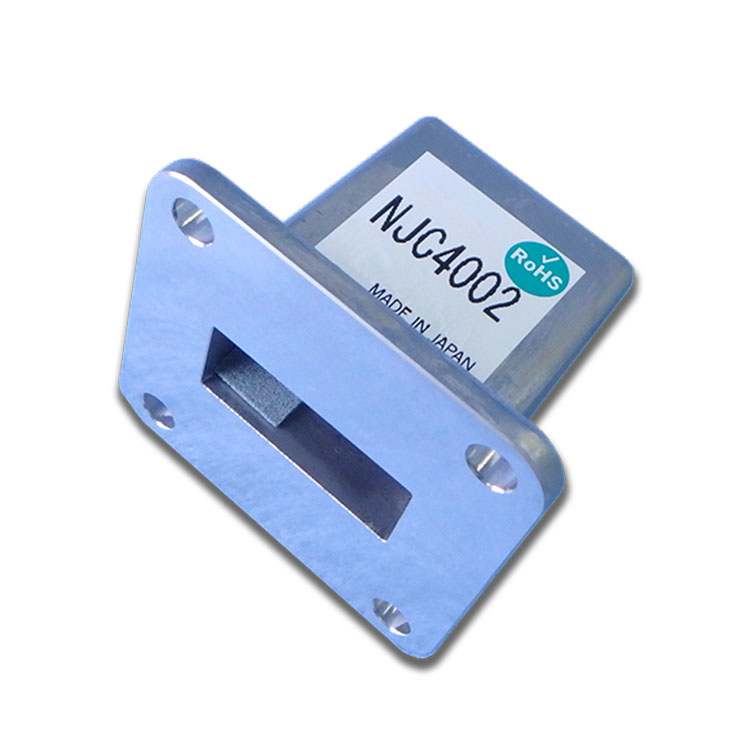Some Common Microwave Components
2024-06-06
Microwave components are electronic devices designed to generate, amplify, transmit, receive, or process microwave signals in various applications, including telecommunications, radar systems, satellite communication, medical imaging, and microwave ovens. These components operate at microwave frequencies, typically ranging from hundreds of megahertz (MHz) to tens of gigahertz (GHz), and are essential for enabling wireless communication, data transmission, and signal processing. Here are some common microwave components:
Microwave Sources
1. Magnetron: A vacuum tube device that generates microwave signals by converting the kinetic energy of electrons in a magnetic field into electromagnetic radiation. Magnetrons are widely used in microwave ovens, radar systems, and industrial heating applications.
2. Klystron: A vacuum tube amplifier that amplifies microwave signals by velocity modulation of electron beams. Klystrons are used in high-power microwave applications such as radar transmitters, particle accelerators, and communication systems.
3. Traveling-Wave Tube (TWT): A vacuum tube amplifier that amplifies microwave signals by interaction between an electron beam and a traveling electromagnetic wave. TWTs are used in satellite communication, electronic warfare, and high-frequency testing.
4. Solid-State Microwave Sources: Microwave sources based on solid-state devices such as Gunn diodes, IMPATT diodes, and FET oscillators. These sources are compact, lightweight, and suitable for applications requiring low to medium power levels.
Microwave Amplifiers
1. Low-Noise Amplifiers (LNAs): Amplifiers designed to amplify weak microwave signals with minimal additional noise. LNAs are used in receiver front-ends, satellite communication systems, and radio astronomy.
2. Power Amplifiers: Amplifiers designed to amplify microwave signals to high power levels for transmission or broadcasting. Power amplifiers are used in radar systems, wireless communication networks, and satellite uplinks.
Microwave Filters
1. Bandpass Filters: Filters that pass signals within a specific frequency band while attenuating signals outside the band. Bandpass filters are used for frequency selection, signal conditioning, and interference rejection in microwave systems.
2. Lowpass Filters and Highpass Filters: Filters that attenuate signals below or above a certain cutoff frequency, respectively. Lowpass and highpass filters are used for signal separation, noise suppression, and spectrum analysis.
Microwave Antennas
1. Parabolic Dish Antennas: Antennas consisting of a parabolic reflector and a feed horn or dipole antenna at the focal point. Parabolic dish antennas are used for satellite communication, point-to-point links, and radio astronomy.
2. Patch Antennas: Planar antennas with a radiating patch on a dielectric substrate. Patch antennas are used in wireless communication devices, RFID systems, and radar sensors.
Microwave Couplers and Dividers
1. Directional Couplers: Devices that couple a fraction of the input power from one transmission line to another, typically for signal monitoring, power measurement, or feedback purposes.
2. Power Dividers and Splitters: Devices that divide an input signal into multiple output signals with equal or unequal power distribution. Power dividers are used in signal distribution networks, phased-array antennas, and power combiners.
Microwave Phase Shifters
1. Analog Phase Shifters: Devices that adjust the phase of microwave signals continuously or discretely. Phase shifters are used in phased-array antennas, beamforming systems, and radar transceivers.
2. Digital Phase Shifters: Devices that digitally control the phase of microwave signals using digital-to-analog converters (DACs) or phase-locked loops (PLLs). Digital phase shifters offer precise phase control and are used in communication systems and radar applications.
Microwave Mixers and Detectors
1. Frequency Mixers: Devices that combine two or more input signals to generate sum and difference frequency components. Mixers are used in frequency conversion, modulation, and demodulation in microwave receivers and transmitters.
2. Diode Detectors: Devices that rectify microwave signals to extract the envelope or amplitude modulation. Diode detectors are used in power measurement, envelope detection, and AM demodulation.
Conclusion
Microwave components play a crucial role in modern communication, radar, and sensing systems by enabling the generation, amplification, transmission, reception, and processing of microwave signals. With advancements in semiconductor technology, vacuum tube technology, and electromagnetic design, microwave components continue to evolve, offering higher performance, greater efficiency, and increased functionality for a wide range of applications in telecommunications, aerospace, defense, healthcare, and consumer electronics.



